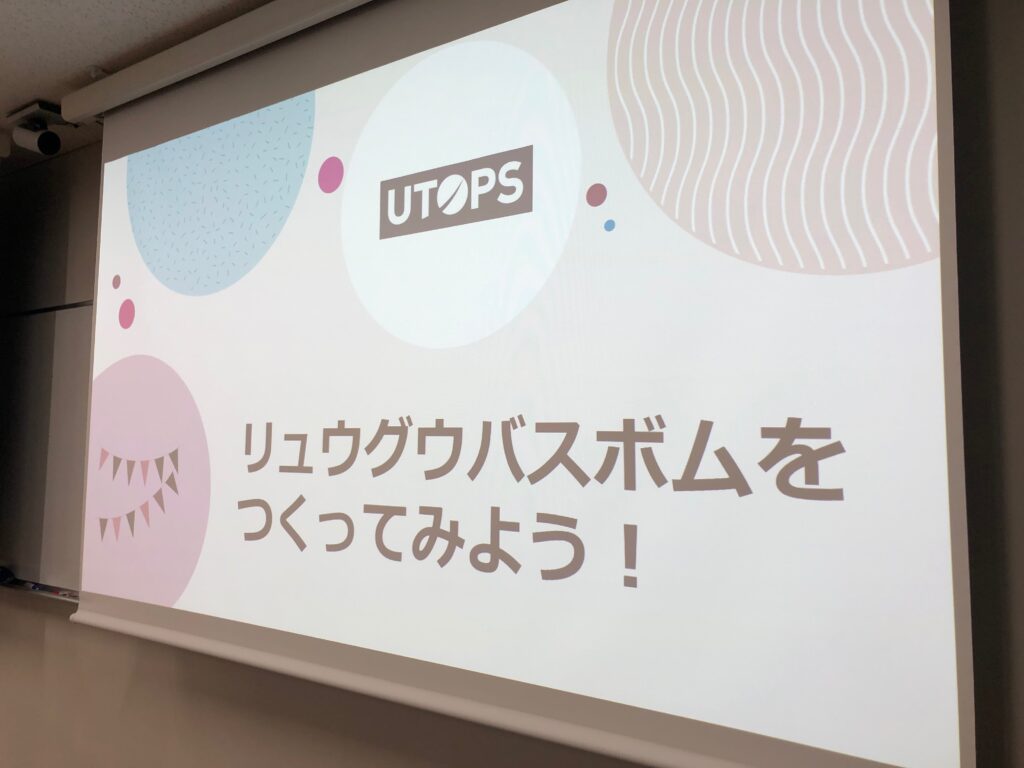
On Saturday, October 19, 2024, we invited elementary and junior high school students and their parents to the Hongo Campus for the UTOPS event “Let’s Make Ryugu Bath Bombs!”
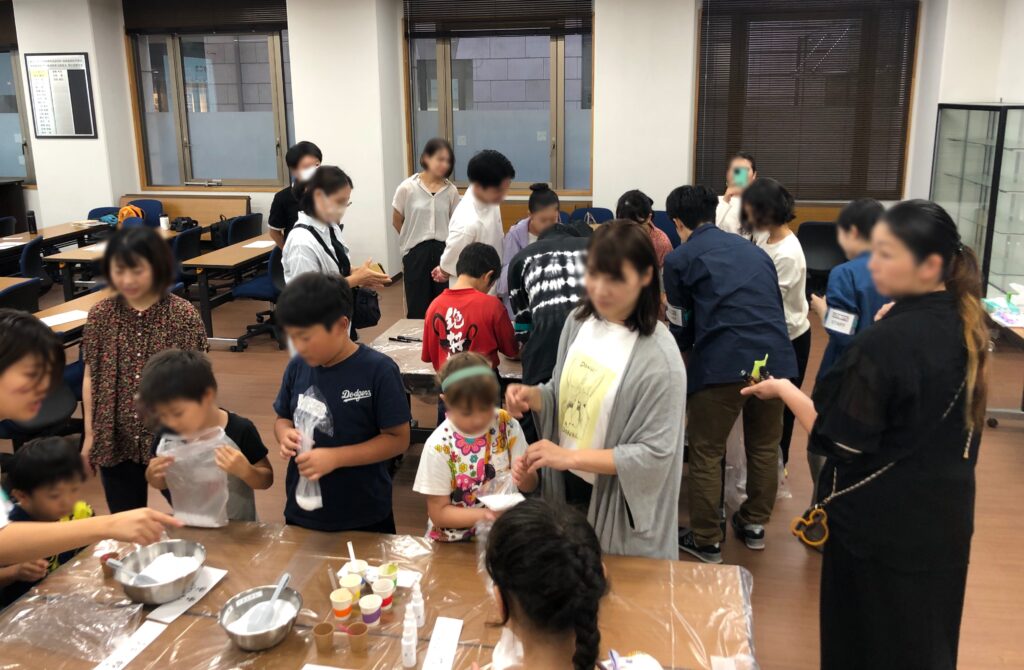
We talked about Ryugu and Hayabusa2, and made bath bombs together.

On Saturday, October 19, 2024, we invited elementary and junior high school students and their parents to the Hongo Campus for the UTOPS event “Let’s Make Ryugu Bath Bombs!”

We talked about Ryugu and Hayabusa2, and made bath bombs together.
Professor Shogo Tachibana (UTOPS/Department of Earth and Planetary Science) won the 2023 Association Award from Japan Association of Mineralogical Sciences (JAMS) at the 2024 Annual Meeting of JAMS (September 12-14, 2024).
JAMS : https://jams-mineral.jp/about/award/
Department of Earth and Planetary Science, School of Science, UTokyo : https://www.eps.s.u-tokyo.ac.jp/award20241002-2/
Professor Shogo Tachibana of UTOPS and Associate Professor Yoshiko Baba of the Office of Research Strategy and Development (ORSD), Graduate School of Science, UTokyo participated in the session “Frontiers of Research Knowledge with UTokyo URA” at “esse-sense Forum 2024 – Toward Social Implementation of Research Knowledge -” (September 24-25) organized by esse-sense, one of the largest researcher media in Japan.

For details, please refer to the following URL.
Joint Press Release
Shogo Tachibana (Professor, UTOPS, Department of Earth and Planetary Science, ISAS)
An international joint research group led by Deputy Chief Researcher Toshihiro Yoshimura and Senior Researcher Yoshinori Takano of the Japan Agency for Marine-Earth Science and Technology, Chief Researcher Daisuke Araoka of the National Institute of Advanced Industrial Science and Technology, and Professor Hiroshi Naraoka of the Graduate School of Science, Kyushu University, together with researchers from the University of Tokyo, Horiba Techno Service, Hokkaido University, Tokyo Institute of Technology, and Tokai National University Organization Nagoya University, have conducted an international joint research project on the asteroid Ryugu. Precise chemical analyses of magnesian minerals such as breunnerite and primitive brines in samples from the asteroid Ryugu revealed their composition and content.
Asteroid Ryugu is one of the most primitive bodies that retain the chemical composition of the entire solar system before the birth of the Earth. Although analyses by various research groups have revealed aqueous metamorphism involving minerals, organic matter, and water, the reaction history of the so-called “brine chemical composition and precipitation of ionic components” has remained unknown.
In this study, we isolated and identified small carbonate minerals (breunnerite) from samples from the asteroid Ryugu, extracted the cationic components with solvents, and performed precise chemical composition analysis. As a result, the cation composition of the last water in contact with the minerals in Ryugu was found to be rich in sodium ions (Na+). There are several minerals in Ryuguu that are very rich in magnesium, which elucidated the precipitation order of magnesium removal from the water. Sodium ions may have acted as electrolytes that stabilized the surface charges of minerals and organic materials.
This achievement is an important finding that unravels the chemical evolution of the early solar system and provides primary information on primordial brine material and water-mineral interactions on carbonaceous asteroids.
The results were published in the scientific journal Nature Communications on September 5, 2024 (JST).
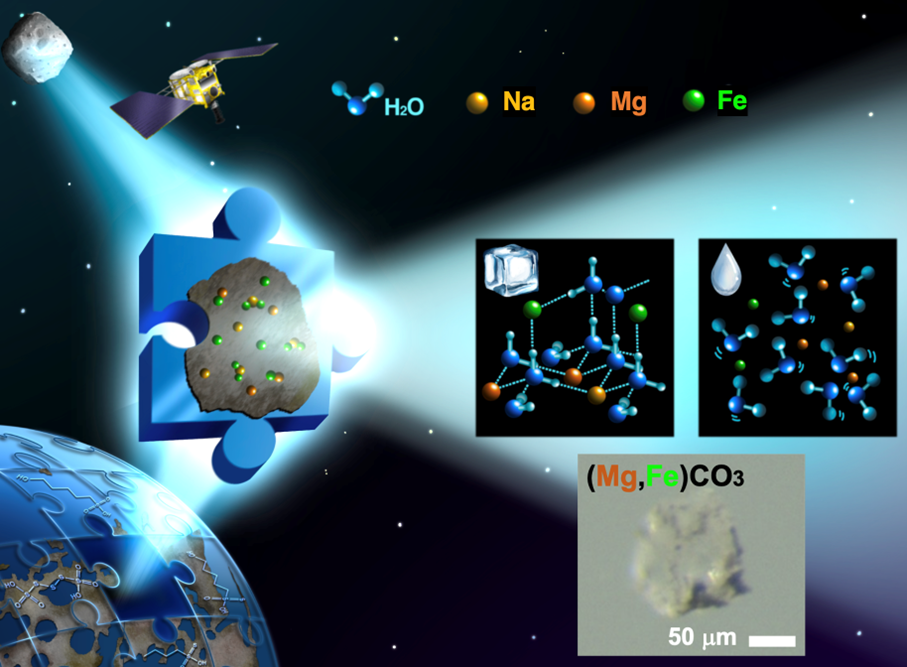
For more information, please refer to the following
Graduate School of Science web: https://www.s.u-tokyo.ac.jp/en/press/10478/
Publication URL: https://www.nature.com/articles/s41467-024-50814-y
UTokyo Organization for Planetary Space Science (UTOPS) and Department of Earth and Planetary Science cooperated in the “Asteroid Itokawa and Ryugu Double Sample Exhibition in Nagoya City Science Museum” held from August 6 (Tue) to August 25 (Sun), 2024, at the 5th floor demo space of the Nagoya City Science Museum’s Astronomy Building.
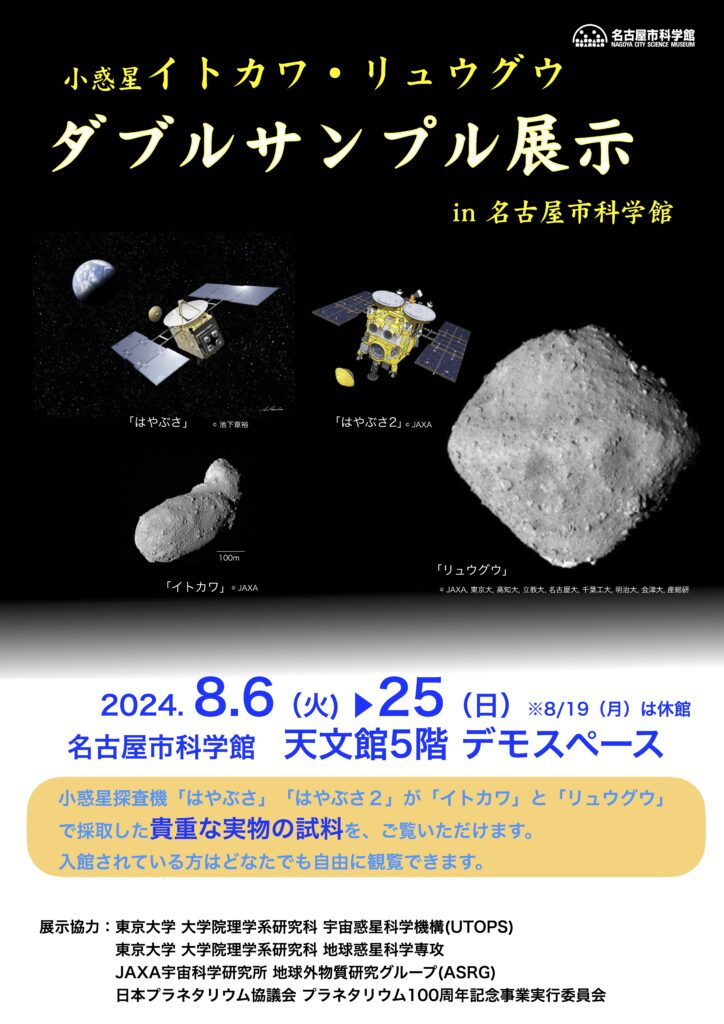
Samples from the asteroid Itokawa, brought back to Earth by the asteroid explorer Hayabusa in June 2010, and samples from the asteroid Ryugu, brought back to Earth by the asteroid explorer Hayabusa2 in December 2020, were displayed side by side.
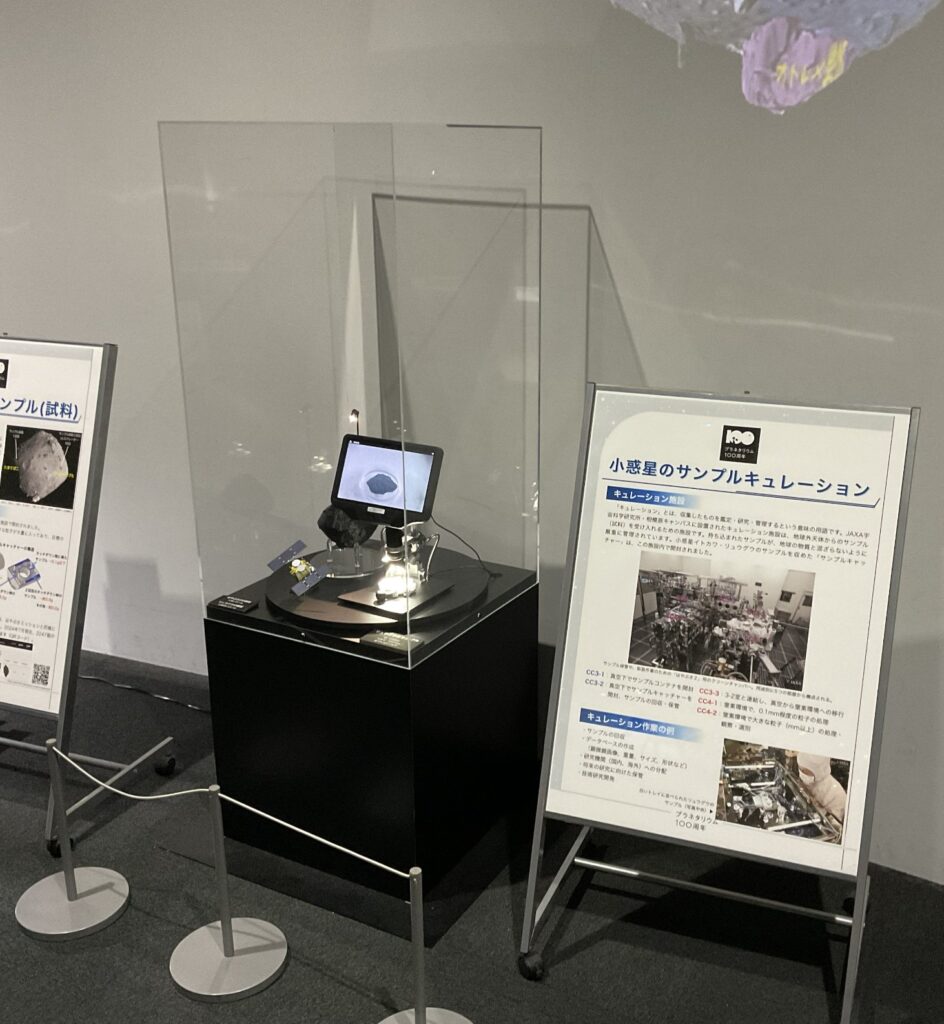
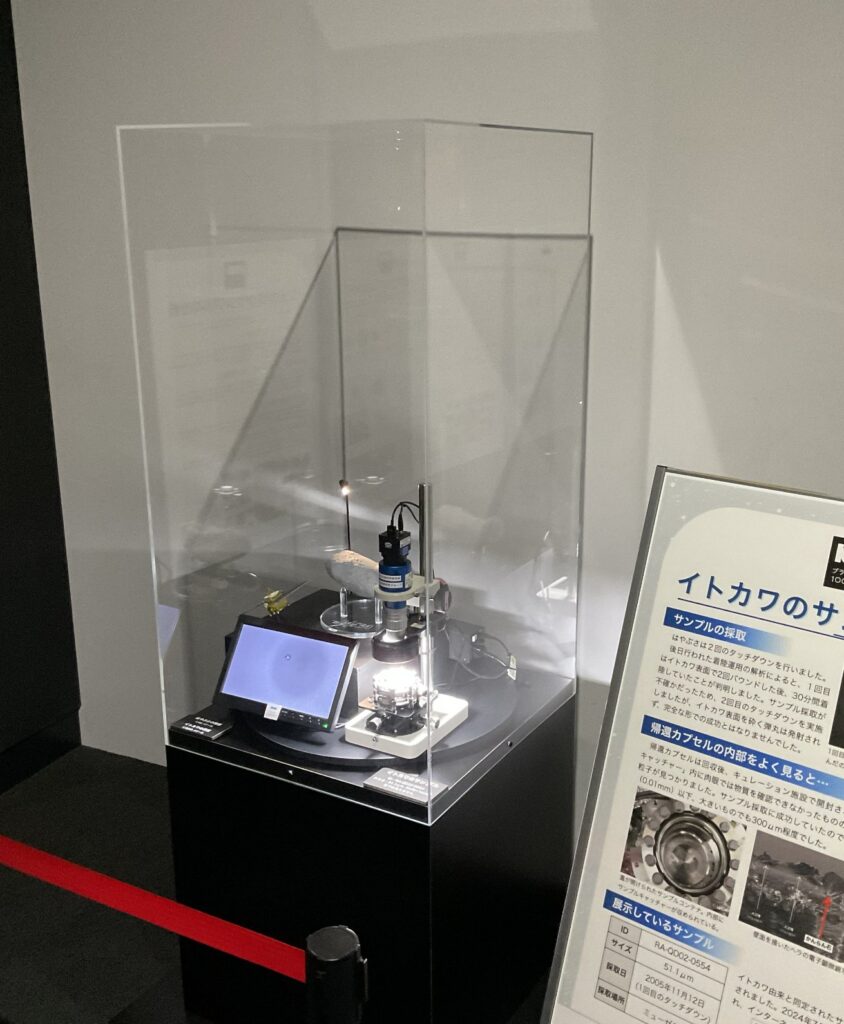
For details, please refer to the following URL.
https://www.ncsm.city.nagoya.jp/visit/attraction/event/2024/itokawa_ryuugu.html
On August 5 (Mon.) and 6 (Tue.), 2024, we held an astronomy training for students from Kariya High School in Aichi Prefecture and Matsumoto-Fukashi High School in Nagano Prefecture. The students observed a sample of Ryugu and took a class about results of Hayabusa2 mission. They estimated the distance to galaxies from photographs of galaxies and used the recession speeds of these galaxies to determine the age of the universe.




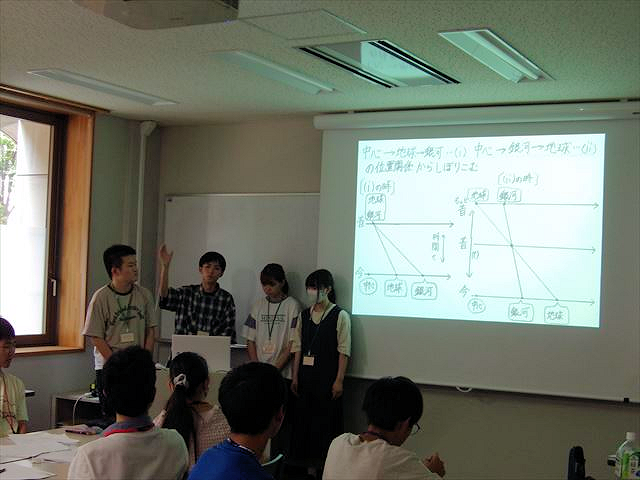
On Friday, August 2, 2024, students from Komatsu High School in Ishikawa, Japan, visited UTOPS. We gave them a mock lecture about the Hayabusa2 exploration and the rock brought back from the asteroid Ryugu, and showed them around our laboratory.
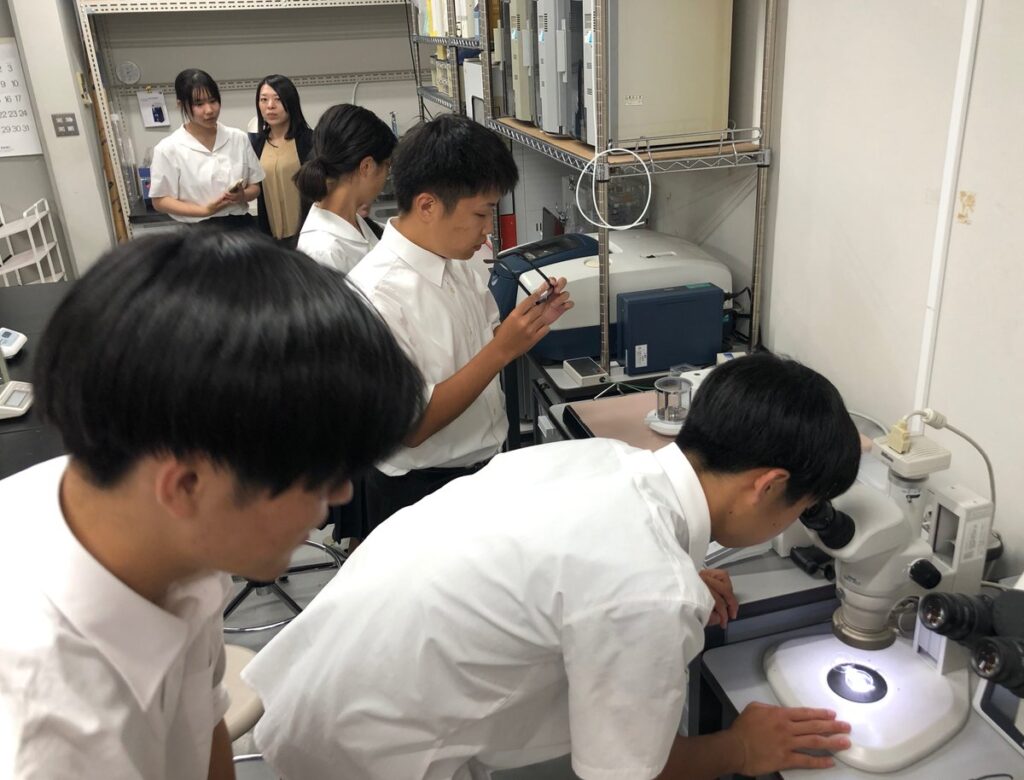
The nano-satellites developed by our laboratory so far and the future of Japanese space development will be introduced on BS Teleto’s “Imakara Science,” which will be broadcast from 10:00 p.m. on the evening of the 17th today. Professor Shinichi Nakasuka will also appear on the program. Please watch the program!
URL : https://t.co/UdEcUs6Ynw